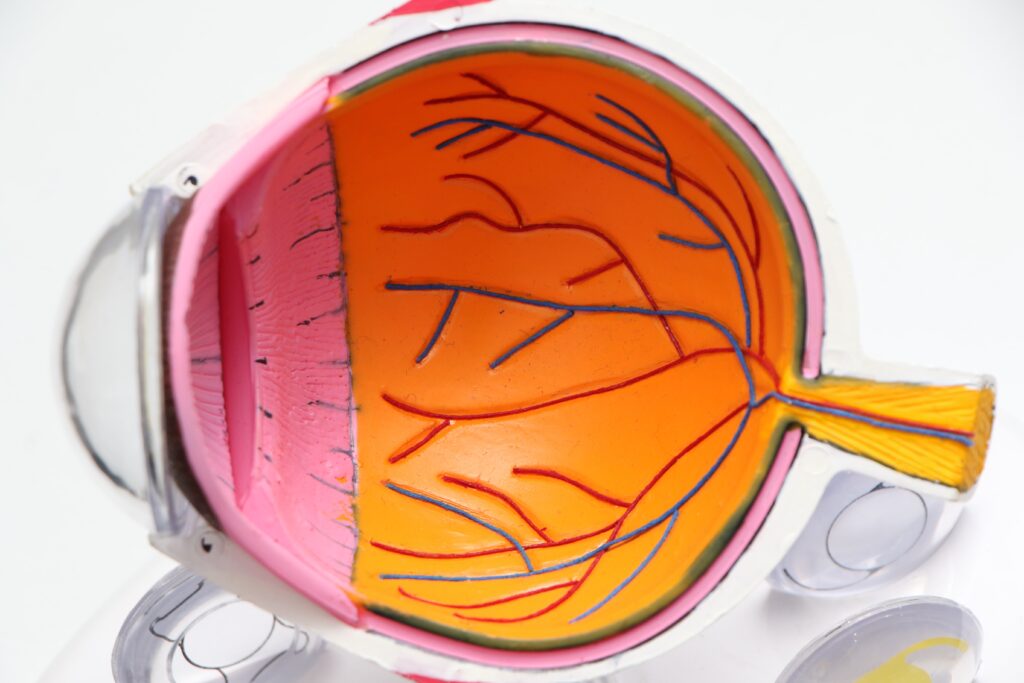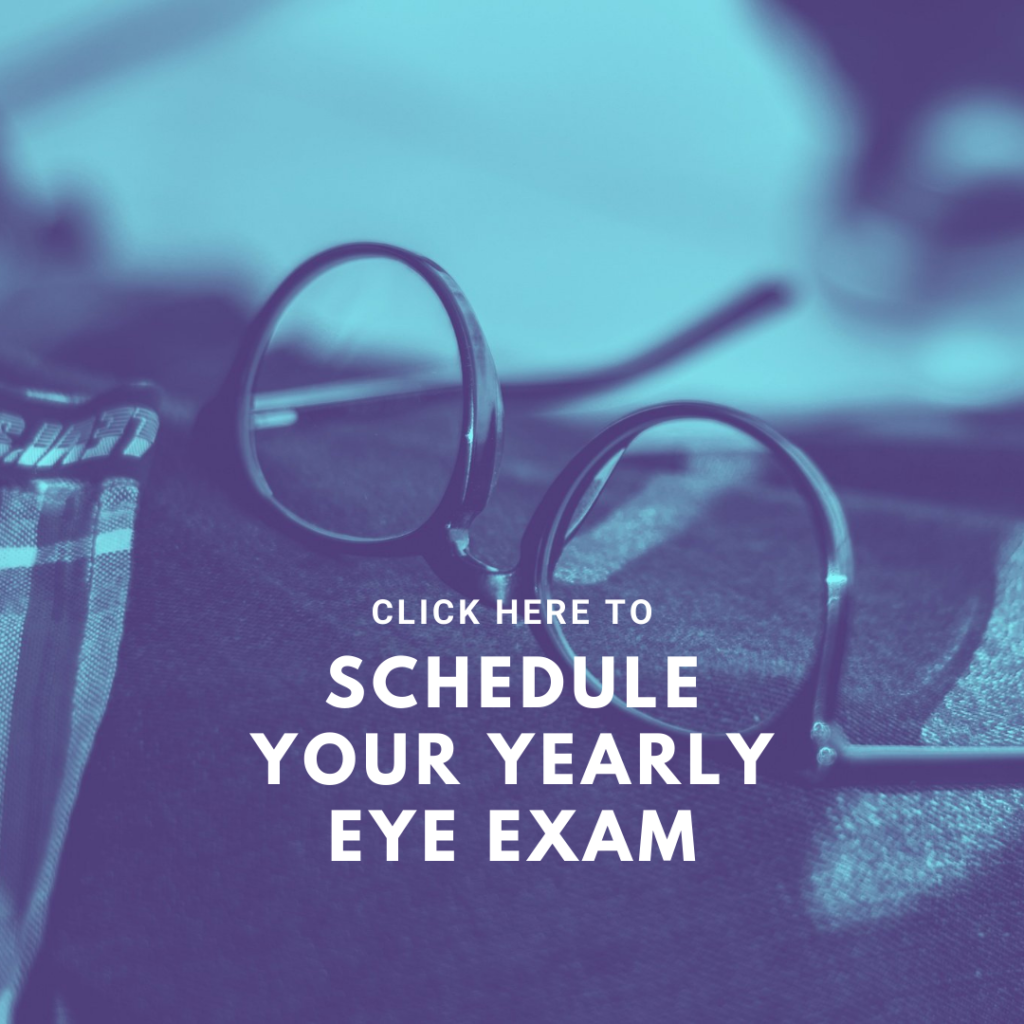The Why, When, and How of Diabetic Eye Exams
November is Diabetic Eye Disease Awareness Month
According to a 2018 report from American Diabetes Association, 34.2 million people in the U.S. (10.5% of Americans) suffer from diabetes, a well-known endocrine disorder detrimental to the body. The disease is known to cause problems with the nerves, heart, kidneys, and more. But did you know that it also bears a significant impact on eyesight? Notably, those with diabetes are at an increased risk of vision loss if their condition remains untreated or unmonitored. So how does diabetes affect eyesight, and how can you protect your eyes from potential vision loss? We’ll cover that here, but first, let’s briefly discuss what diabetes is.
 What is Diabetes?
What is Diabetes?
Diabetes is a condition where the body cannot properly process and utilize glucose. There are two common forms of the disease categorized by how it affects the body. Type 1 is called insulin deficiency, and type 2 is insulin-resistant. Type 1 is not preventable and usually occurs earlier in life, mainly affecting children and teens. However, it can also develop in adulthood and occurs because the body cannot produce insulin.
Type 2 is preventable through diet and exercise and usually occurs later in life: beginning because the body stops responding to insulin.
What is a diabetic eye exam, and why is it important?
A diagnosis of diabetes automatically increases the risk of diabetic retinopathy, glaucoma, and the early development of cataracts. It can also affect eyesight by causing blurry vision when blood sugar is not under control. As a result, those with diabetes should regularly have thorough diabetic eye exams to safeguard against diabetic eye disease and potential vision loss.
A diabetic eye exam focuses on evaluating the overall health of your eyes and how they are affected by diabetes. Since diabetes can affect the retina, lens, and blood vessels, the doctor will dilate your eyes to give them a complete view. They will also ask for your most recent A1C and blood sugar readings while verifying a few other health updates. After the exam, they will send a report of their findings to your primary care doctor.
The point of a diabetic eye exam is to detect any changes in eye health, but it also can indicate how diabetes is affecting the body at large. By sharing the information with your PCP, the optometrist is helping to build a complete understanding of how the disease is (or isn’t) progressing in the body.
How often should diabetic patients see their eye doctor?
If you have been diagnosed with diabetes, you should see your eye doctor yearly. After the initial exam, the eye doctor will indicate a follow-up schedule. For those with well-controlled diabetes, without complications, once a year is standard. However, if you have any other eye diseases or your diabetes is not well-managed, you may be required to see your eye doctor every six months or sooner.
Regardless of the time, your eye doctor will share their findings with your primary care doctor and keep an eye on your overall condition.


